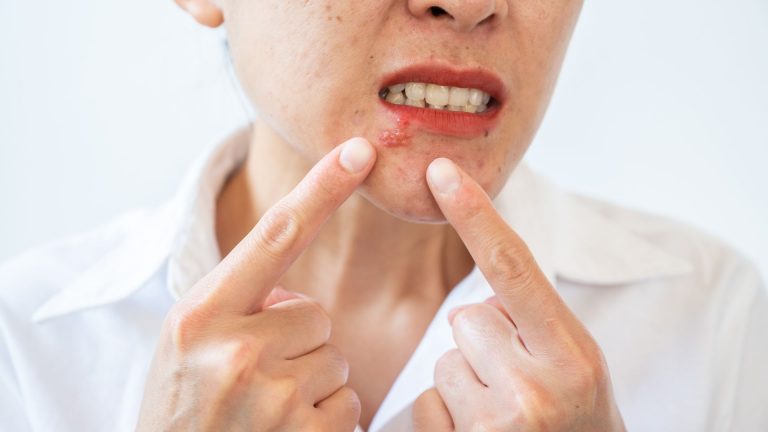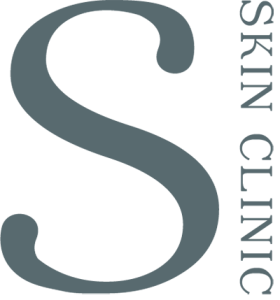Herpes labialis, more commonly known as cold sores or fever blisters, is a familiar discomfort for many. Characterized by small, painful blisters around the mouth, this condition stems from the herpes simplex virus type 1 (HSV-1), a highly contagious virus that can linger dormant in the body and reactivate periodically. Understanding the nuances of herpes labialis, from its variants to its appearance and management, can empower individuals to effectively handle this common ailment.
Variants of Herpes Labialis
Herpes labialis presents itself in two primary forms, each distinguished by the severity and duration of the outbreak:
Primary Infection
The initial encounter with HSV-1 can provoke a more intense reaction compared to subsequent outbreaks. Symptoms often extend beyond the immediate discomfort of blisters to include fever, sore throat, and swollen lymph nodes, lasting approximately 2-4 weeks.
Recurrent Outbreaks
Subsequent episodes of herpes labialis are generally milder and shorter in duration, marked by a familiar tingling sensation that precedes blister formation. These recurrences tend to last about 7-10 days, signaling the body’s developed response to the virus.
Appearance and Lifecycle
The lifecycle of a cold sore varies from the prodromal stage, where a tingling sensation indicates an impending outbreak, to the eventual healing and disappearance of blisters:
- Prodrome: An early warning sign, characterized by tingling or itching around the mouth.
- Blister Formation: Clusters of fluid-filled blisters emerge, surrounded by red, inflamed skin.
- Ulceration: The blisters rupture, creating shallow ulcers.
- Crusting: Dried-out ulcers form a crust, signaling the beginning of the healing phase.
- Healing: The crusts fall away, leaving behind healed skin without scarring.
Managing Herpes Labialis
While there’s no cure for HSV-1, several strategies can alleviate symptoms and minimize outbreak frequency:
- Pain Relief: Over-the-counter medications like acetaminophen or ibuprofen can mitigate discomfort.
- Topical Ointments: Acyclovir or penciclovir-based creams can shorten outbreaks if applied at the first sign of tingling.
- Cold Compresses: Reducing inflammation and pain, cold compresses offer immediate relief.
- Sun Protection: SPF 30+ sunscreen helps prevent outbreaks triggered by sunlight.
- Stress Management: Techniques such as yoga and meditation can lower stress-induced outbreak risks.
It’s crucial not to burst the blisters manually; allowing them to scab and heal naturally minimizes the risk of scarring and infection.
When to Consult a Doctor
Certain scenarios necessitate professional medical advice:
- First-Time Outbreaks: For accurate diagnosis and treatment recommendations.
- Severe Symptoms: Especially if accompanied by fever or difficulty swallowing.
- Lack of Improvement: If the outbreak persists beyond two weeks.
- Frequent Recurrences: More than six outbreaks a year may require a specialized treatment plan.
- Eye Involvement: HSV-1 near the eyes necessitates immediate medical attention due to potential complications.
Conclusion
Herpes labialis, though a common and recurring condition, doesn’t have to significantly disrupt daily life. With a comprehensive understanding of its variants, appearance, and management options, individuals can navigate outbreaks with confidence and ease. Adopting preventive measures, recognizing early signs, and applying prompt treatments can greatly reduce both the discomfort of outbreaks and their impact on quality of life. In instances of severe or unusual symptoms, seeking professional medical advice ensures the best care and outcomes for those affected by herpes labialis.



